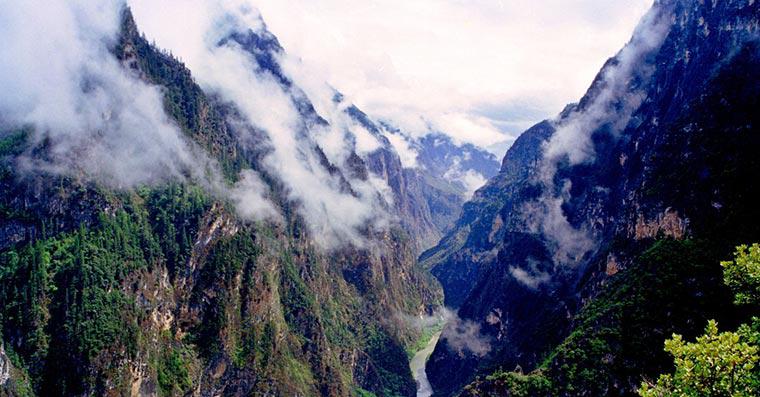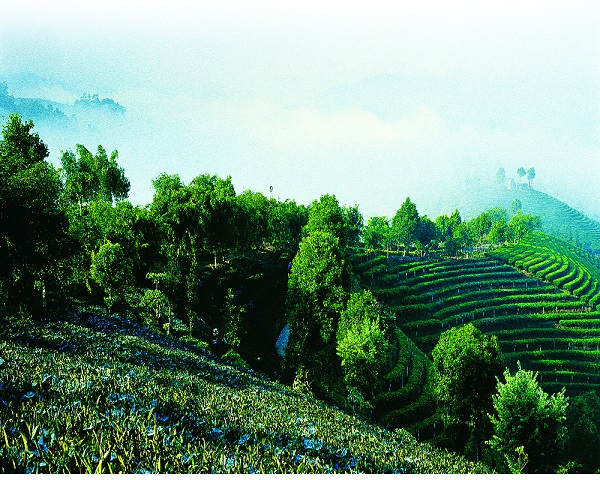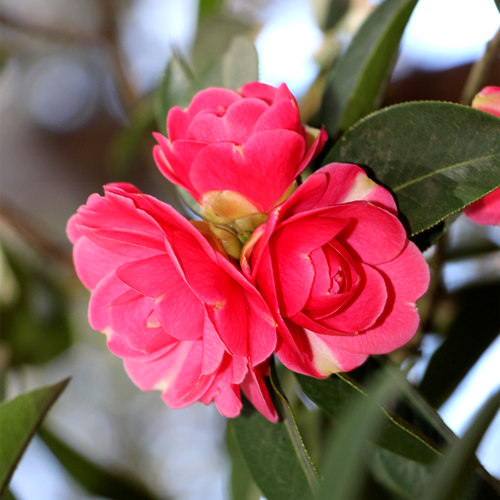
Detailed Introduction to Yangbi County of Dali Prefecture
1. Overview
Yangbi County is located in the western part of Yunnan Province, under the administration of Dali Prefecture. Known as the “Hometown of Walnuts in China,” Yangbi boasts fertile land, a favorable climate, and rich ethnic culture. It serves as an important ecological and cultural gateway between the Cangshan Mountain range and the Mekong River basin.
Chinese Name: 漾濞县
Location: Northwest Yunnan, west of Erhai Lake, bordering Weishan, Yunlong, Eryuan, and Yongping Counties
Area: Approximately 1,957 km²
Population: Around 100,000 (predominantly Bai, Yi, Lisu, and Han)
County Seat: Cangshanxi Town (苍山西镇)
2. Geography and Natural Environment
Topography: Yangbi lies on the western slopes of Cangshan Mountain, with valleys, basins, and rugged highlands. The elevation ranges from 1,400 m to over 3,900 m.
Climate: Subtropical mountain monsoon climate with mild winters and cool summers; average annual temperature about 16°C.
Water System: Yangbi River (漾濞江), a tributary of the Lancang (Mekong) River, runs through the county, nourishing fertile farmland.
Biodiversity: Rich in subtropical forest vegetation, medicinal plants, and wild mushrooms; part of the county overlaps with Cangshan National Nature Reserve.
3. History and Culture
Ancient Roots: Yangbi was historically a crucial passage on the Ancient Tea Horse Road, linking Dali with Lincang and Tibet.
Ethnic Composition: Home to Bai, Yi, Lisu, and other minority groups. The Bai people form the cultural core, with distinct festivals, architecture, and traditions.
Cultural Traits:
Bai architecture with white walls, black tiles, and courtyard houses.
Festivals: Bai’s March Fair (三月街), Torch Festival (火把节), and Walnut Blossom Festival.
Music & Dance: Traditional Bai antiphonal singing and Yi dances remain part of village celebrations.
4. Economy
Agriculture:
Famous as China’s Top Walnut Production Base (“中国核桃之乡”), producing high-quality large walnuts with thin shells and rich kernels.
Other crops include rice, corn, tobacco, medicinal herbs, and vegetables.
Forestry & Herbs: Rich in traditional Chinese medicinal resources such as angelica, gastrodia, and dendrobium.
Tourism: Growing rapidly, with attractions combining eco-tourism, ethnic culture, and leisure agriculture.
Emerging Sectors: Walnut processing, walnut oil production, and eco-friendly industries.
5. Key Attractions
Cangshan West Scenic Area (苍山西景区): Offers dramatic views of the Cangshan Mountain range, with trekking routes, waterfalls, and alpine meadows.
Yangbi River Canyon (漾濞江峡谷): Known for steep cliffs and a dynamic river landscape.
Walnut Cultural Park: Celebrates Yangbi’s walnut heritage with exhibitions and orchards.
Ethnic Villages: Traditional Bai and Yi villages with preserved folk houses, murals, and cultural performances.
Hot Springs: Natural hot springs scattered around Yangbi provide wellness tourism opportunities.
6. Transportation
Road: Connected by provincial highways to Dali City (about 50 km), and onward to Kunming and Lincang.
Rail/Air: The nearest major hub is Dali Railway Station and Dali Airport.
Future Development: Ongoing road and tourism infrastructure upgrades aim to make Yangbi more accessible for eco-tourism.
7. Specialties & Cuisine
Yangbi Walnuts: Renowned nationwide for size, flavor, and high oil content.
Bai Cuisine: Features sour, spicy, and fresh flavors; local dishes include cold walnut noodles, walnut chicken soup, and walnut oil pastries.
Foraged Foods: Wild mushrooms and mountain herbs are seasonal delicacies.
8. Tourism Development and Outlook
Yangbi County is positioning itself as an eco-cultural tourism destination, highlighting walnut culture, ethnic diversity, and mountain landscapes. With its unique identity as China’s Walnut Capital, it seeks to integrate agriculture, industry, and tourism for sustainable development.
In short: Yangbi County combines fertile walnut orchards, Bai ethnic traditions, and stunning Cangshan mountain scenery, making it both an agricultural powerhouse and a rising eco-tourism destination in Dali Prefecture.



